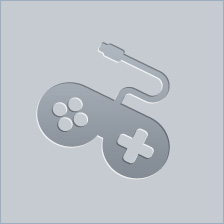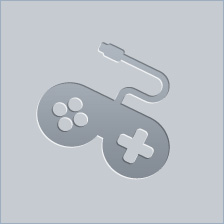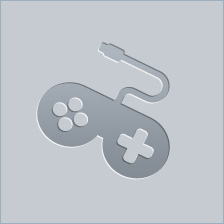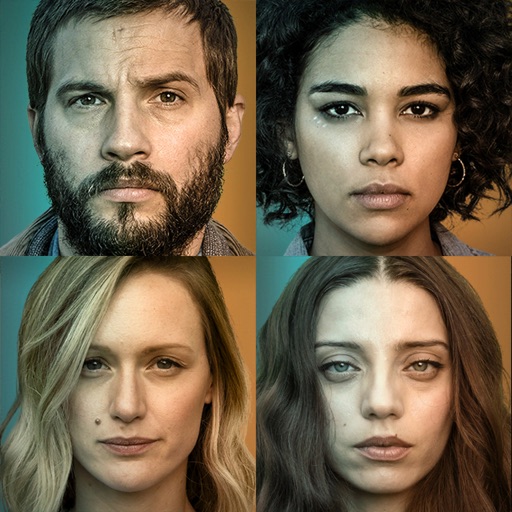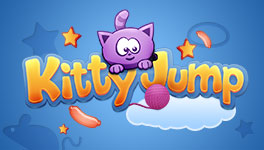Dexteria Jr.

Dexteria Jr. gallery
What parents need to know
Parents need to know that Dexteria Jr. allows very young kids or kids with special needs to practice fine motor skills on a touch screen. Kids who may be dysgraphic and need the additional guidance will benefit from the the hand and finger exercises to help develop handwriting readiness. Throughout three games kids use three touches -- tap, tap-and-drag, and pinch -- to interact with fun, lively pictures. Kids or parents can choose the appropriate starting difficulty, and the levels increase automatically as kids play. Progress reports allow parents to track kids' scores. If the sound effects or background music grow tiresome, parents or kids can easily turn them off. Unless parents disable the iPad's camera, it takes a fun, carnival-distorted picture at the end of each Trace and Erase game. The pictures don't seem to be saved or recorded.What kids can learn
Kids can tap, drag, and pinch to their hearts' content as they interact with cute animated vegetables and fun shapes. Although there are only three of them, the games are simple and quite fun.
Kids can get lots of practice with several kinds of fine motor movements. Levels increase in difficulty as control improves. How this practice will transfer beyond the touch screen isn't totally clear.
Games are clearly explained, as is the theory behind each. Data collection helps keep track of kids' progress.
What's it about?
In DEXTERIA JR. kids "Tap Squashes" until they're squished, "Pinch Peppers" to make them pop, or "Trace and Erase" lines that follow a particular pattern. They can choose their starting difficulty level, which automatically levels up as they play. Kids' performance is recorded in a few ways: levels completed, completion time, and accuracy (or number of peppers pinched/squashes squished). Performance data can be shared via email, although this option is protected by a wall. Performance can help provide parents with their child's handwriting readiness. Keeping a running record of progress helps parents share their child's progress with teachers and/or Occupational Therapist. Parents buy an in-app purchase to create multiple accounts so more than one kid can record scores.
Is it any good?
Dexteria Jr. has a cute, appealing design. Though gameplay is relatively simple and game options are limited, kids likely will enjoy squishing the squash or popping the peppers as fast as they can. The tracking feature provides useful information that can help parents see how their kids' accuracy and speed are improving over time. However, it would be nice to see some help for parents who want to interpret this data.
Kids will definitely get lots of practice with fine motor movements using their fingers. However, as a tablet app, Dexteria Jr. raises an important question: Is this kind of flat-screen practice actually transferrable to the 3-D, physical world? Will pinching a pepper on the screen really prepare kids to hold a pencil? The tracing activity seems to be the most promising -- if, perhaps, the least engaging -- as it mimics letter-tracing workbooks and skills that may be more readily transferred beyond the screen. Parents can try to bridge a kid's experiences by referencing the actions in Dexteria Jr. explicitly as a kid performs daily activities.
Families can talk about...
-
Families can talk about skill level-appropriate goals. Challenge your kids to be as accurate, quick, and efficient as possible.
-
Help bring these motor skills into 3-D by having kids transfer what they learn to real-life scenarios, like holding a pencil, stringing items, or pinch-picking up cereal. Explicitly reference the actions they use in Dexteria Jr. by saying things like, "When you hold a pencil, your hand makes the same shape as when you pinch a pepper!"
App details
| Devices: | iPhone, iPod Touch, iPad |
| Price: | $2.99 |
| Pricing structure: | Paid |
| Release date: | September 30, 2013 |
| Category: | Education |
| Size: | 23.70 MB |
| Publisher: | BinaryLabs |
| Version: | 1.0.3 |
| Minimum software requirements: | iOS 5.0 or later |

